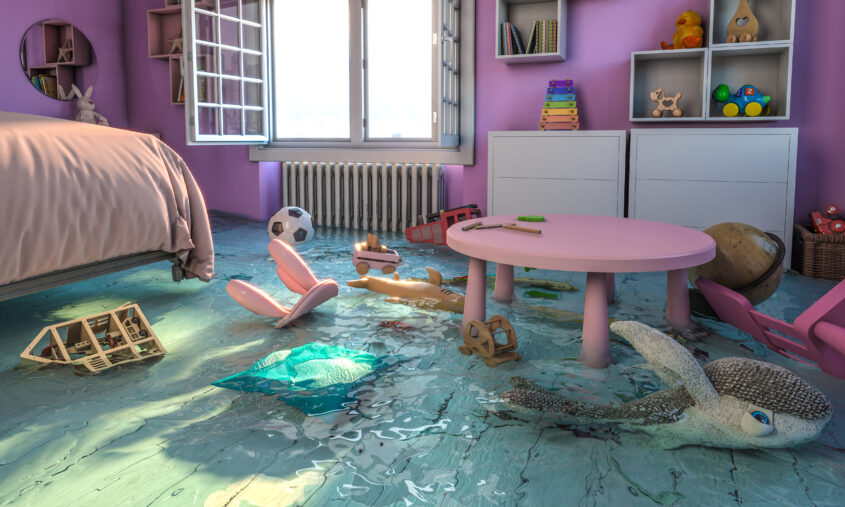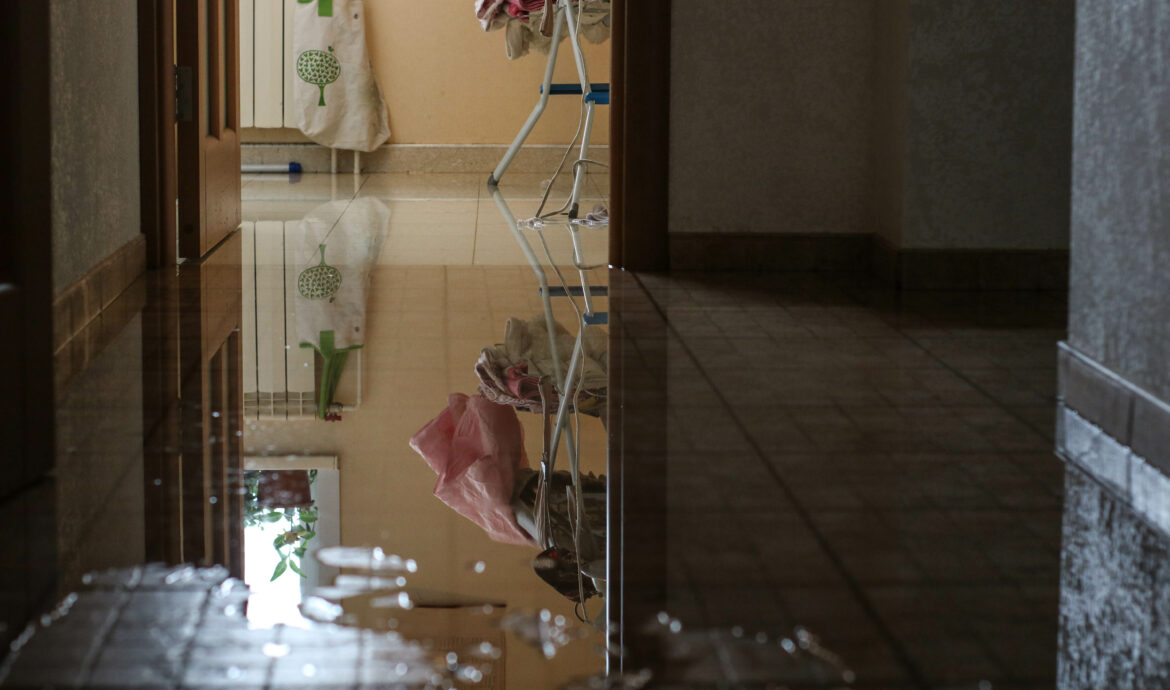5 Things To Do Right Away After Flooding

Whether a flood results from rain, groundwater, or plumbing malfunction, there are some things you need to do immediately to avoid water damage. These steps are vital for your safety and getting fair compensation from your insurance company.

However, before executing these practices, waiting until it’s safe to re-enter your home is also essential. If the water is in contact with electricity, it can cause life-threatening electric shocks. Moreover, the water can be contaminated with sewage or household chemicals, posing a health hazard. You should therefore wait until your home is cleared for re-entering before starting any restoration activity. Once you re-enter your home, do the following things right away.
Protect Yourself And Your Belongings
The first thing to do after flooding is to ensure you and your family are safe. Therefore, turn off the power supply if it’s safe. However, if turning off the power supply requires standing in wet areas, call an electrician.At this moment, you should be in protective clothing, such as rubber boots, goggles, and gloves, when entering your home. This protective gear will protect you from accidents like falls and serious injuries. You should also stop water flowing into your home to contain the situation. When dealing with burst pipes or toilet overflows, turn off the water from the main supply to prevent further damage.Finally, begin saving your belongings from water damage. Remove wood furniture from wet zones to prevent mold growth and take it outside. If you want to learn more about navigating the aftermath of a flood in your home, the resources from this site will be of great help.
Contact Your Insurance Company
Due to the anxiety and tension associated with a flood, many homeowners forget to contact the insurance company. Many forget that when it comes to flooding, time is of the essence to ensure you get the right compensation. So, contacting your insurer before commencing the restoration procedure is vital.Once you report the incident to the insurance company, they’ll send an adjuster to assess the damage. As you wait for the adjuster, document the flood damage to prove the damage extent.There are different ways to gather evidence—for instance, taking pictures of or filming the flood damage, marking the flood water level using a permanent marker pen, and listing all items destroyed by the flood water. Avoid removing or replacing any damaged items without talking to the insurance company. After you get approval from the insurance company, begin the cleaning procedure.
Remove Any Standing Water
After contacting the insurance company and getting approval to restore your home, it’s time to remove the water. The technique you’ll use to remove the water will depend on the level of flooding.
For example, you can use buckets to carry water out of your house. However, the simplest way to remove large amounts of water is using pumps followed by a wet-vac cleaner to clear up the remaining water. The aim is to remove as much standing water as possible to facilitate quick drying. However, when pumping the water out, avoid draining it near your home, as it can damage the foundation.
Dry Out Your Home
Even after removing all the standing water, your items will remain wet and moist, especially due to high humidity. If it’s safe to turn the electricity back on, use your AC and fans to help dry damp areas. You can also open doors and windows to enhance air circulation and promote the drying process.However, this is only doable if the air outside is less humid than the inside. You can use dehumidifiers, especially in areas without enough ventilation, such as the basement. Dehumidifiers operate by sucking excess moisture from the air. This makes it one of the simplest ways to dry your home and prevent structural damage.
Identify Signs Of Mold
Mold thrives in damp areas and can be challenging to control once it grows. If possible, perform a mold test to determine its presence in your home.
This step is essential because certain molds can be hazardous to health, especially for individuals with allergies, asthma, or weakened immune systems. If mold is found, the next step is to remove it and prevent the recurrence. Opting for services related to Mold Remediation in Madison, CT, or elsewhere is crucial in this regard. It typically involves identifying the source of moisture, safely removing affected materials, cleaning and treating surfaces, and repairing any leaks or water damage.
Conclusion
Dealing with home flooding is typically stressful and overwhelming. The tension and anxiety that the event usually causes may test your capability to handle the situation. This shouldn’t be the case, however, since the first few things you do after the flood will determine the safety of your home and belongings.
If you fail to act fast, a flood can lead to severe and costly damage to your home. For instance, mold develops quickly, damaging furniture and threatening health. Fortunately, this article directs you on what to do after a flood for your safety and that of your property.








Comments are closed.